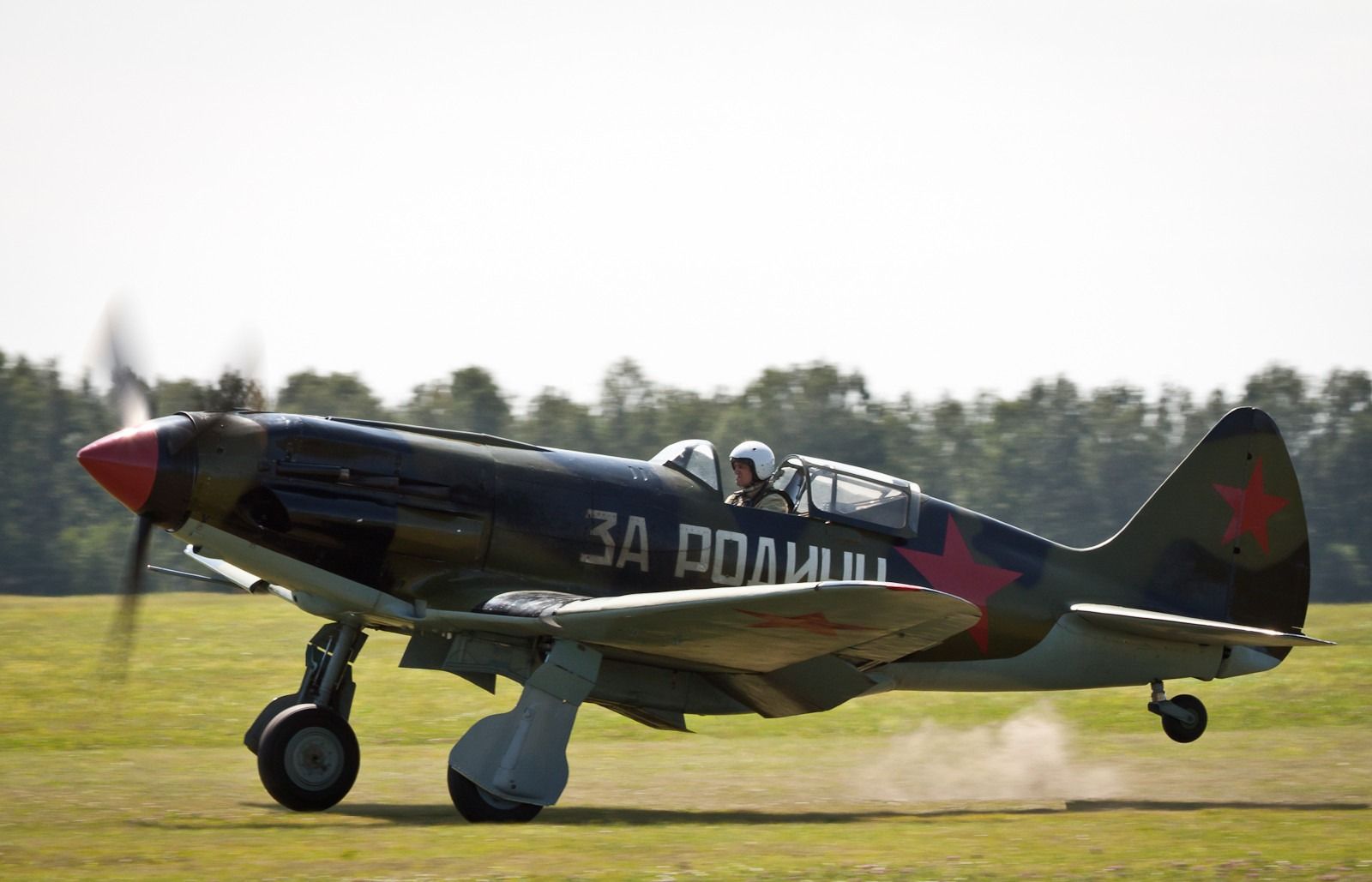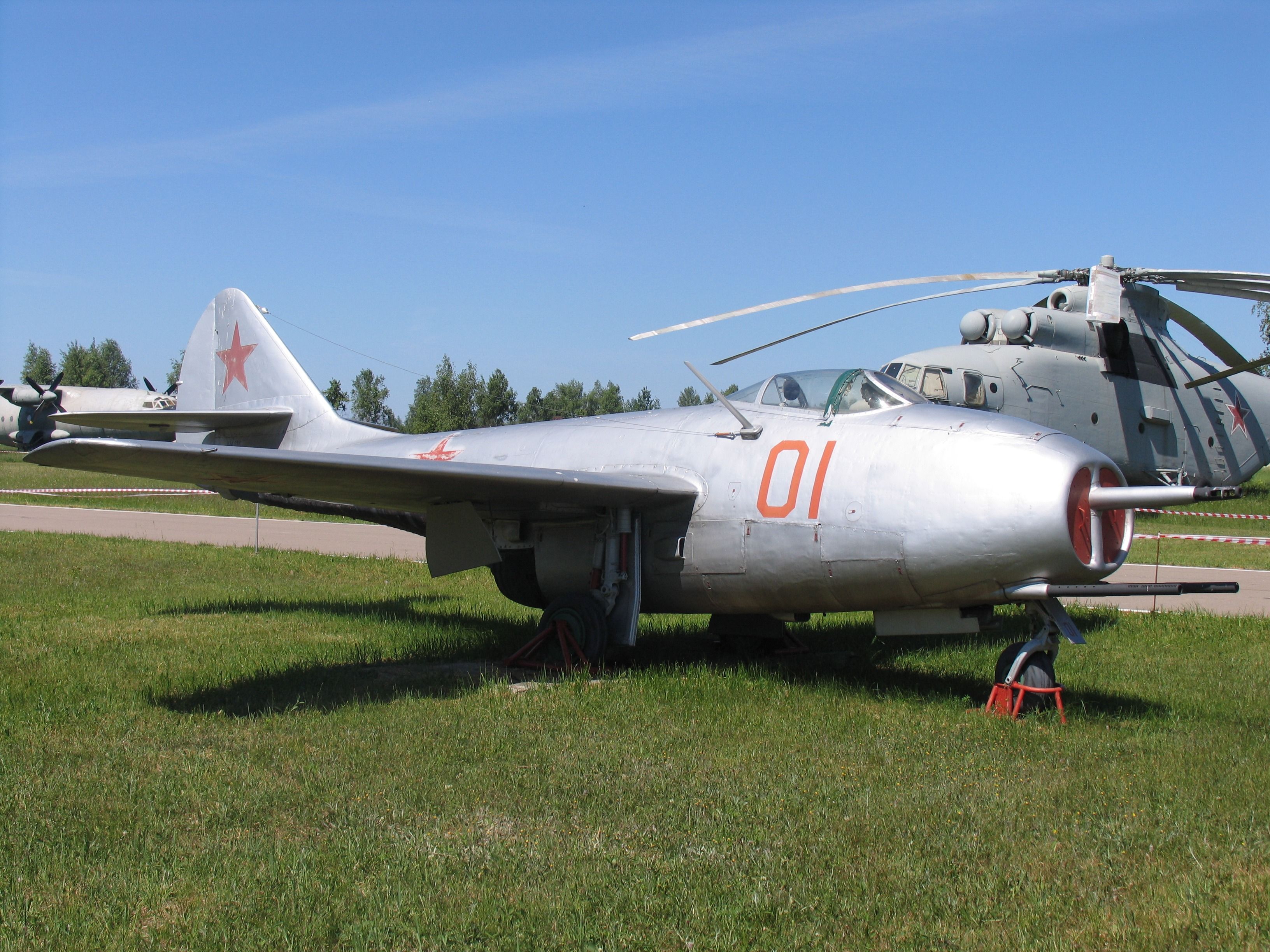
You’ve probably heard of various Russian and Soviet fighter planes like the MiG-29 Fulcrum in Ukraine’s hands, the MiG-21 Fishbed of the Vietnam War, and, of course, the speed demon that is the MiG-25 Foxbat. But what does MiG stand for?
MiG stands for Mikoyan-Gurevich.
MiG is a shorthand for the Soviet design bureau that designed such legendary fighters. The design bureau was set up in 1939 with Artyom Mikoyan as its lead and Mikhail Gurevich as its deputy. Hence, the shorthand of MiG, just as much as Su- stands for Sukhoi, named after founder Pavel Sukhoi.
Keep up with the latest Simple Flying coverage of military aviation here.
Back to Mikoyan-Gurevich. Mikoyan-Gurevich was born on December 8, 1939, as World War II was underway and the Soviet Union was making war on Finland, with the “Winter War” starting just nine days earlier. According to historynet.com, Mikoyan-Gurevich was born from many pieces of the then-flailing Polikarpov design bureau.
The new firm’s first project was a high-altitude interceptor called the MiG-1. The MiG-1 was not much of a success. Still, the MiG-3 pictured below would be a modest success – even though the MiG-1 used the same engine as the Il-2 Shturmovik flying tank in significantly more demand and most air combat on the Eastern Front of World War II would be at low altitude.

After some designs that failed to proceed beyond the prototype stage and World War II’s conclusion, the Soviet Union needed fighter jets. By a coin toss against the Yak-15, the MiG-9 became the first Soviet jet fighter to fly on April 24, 1946 – and for the rest of the Soviet Union’s life, MiG designs were the premier designs of Soviet fighter jets.
Of course, after the Soviet Union fell, MiG fell out of favor in Russia – especially after MiG-designed jets like the MiG-23, MiG-25, and MiG-29 were soundly defeated in the 1991 Persian Gulf War (aka Operation Desert Storm, Operation Granby, and Operation Friction) – so the Russian leading designer is now Sukhoi. With that, let’s discuss some premier MiG jet fighter designs.
Some MiG jet fighter designs
The MiG-9 photographed below served as the Soviet Union’s first jet fighter. The MiG-9 had a straight wing and used Soviet copies of BMW 003 turbojet engines called RD-26s. The BMW 003 was one of two turbojets Nazi Germany produced in World War II.

MiG then leaped in design numbers to the MiG-15. The Soviet Union obtained conditional permission from Britain to mass produce the Rolls-Royce Nene engine – and then violated the no military use condition, building the Klimov RD-45 from Rolls-Royce sample engines and blueprints. The RD-45 would then serve as the primary engine of the MiG-15, a top jet fighter of the Korean War in the early 1950s, and in other 1950s conflicts such as the 1956 Suez Canal Crisis.
The MiG-17 was a MiG-15 with an improved wing and afterburner. Although too late to see the Korean War, the MiG-17 would see action throughout the Vietnam War. The MiG-17 would lead to the MiG-19, the first MiG capable of supersonic-level flight. Although not as maneuverable as the MiG-17 and MiG-15, the MiG-19 would be a logical evolution with a small radar. The MiG-19 also saw combat in the Vietnam War and the Egyptian Air Force in multiple conflicts.
Then there’s the MiG-21, one of the most prolific MiGs with 11,496 examples produced to serve as a fast jet interceptor with many variants. The MiG-21 saw tons of action during the Vietnam War and Middle East conflicts.
The next MiG design would be the MiG-23, intended to be a faster interceptor with swing wings. The MiG-23 would also be known as having the most complex landing gear, and the radar was a look-down, shoot-down radar that could pick out targets from ground clutter. The MiG-23 was an excellent example of a Cold War Interceptor that would inspire ground attack variants like the MiG-27. Below is a very insightful 13-minute YouTube video looking into not just the MiG-23 but also the MiG design philosophy and more:
The MiG-25 would not just go back to MiG’s beginnings of designing interceptors but meet the Soviet Union’s need to attempt to intercept the SR-71 Blackbird and other high-speed American aircraft threatening its airspace. The MiG-25, though, would be a simple design exposed by defecting Viktor Belenko on September 6, 1976. Still, it inspired the more capable MiG-31 and arguably helped initiate the successful McDonnell Douglas F-15 Eagle family.
The MiG-27 is what would come next. The MiG-27 would come with a television-laser sighting system in the nose for precision attacks – and a 30 mm GSh-6-30 cannon to attack ground targets.

Finally, the MiG-31 Foxhound is the last significant MiG design. The MiG-31 is not just a natural evolution of the MiG-25 with two seats, much-improved radar, an infrared detector, and a more diverse weapons fit but also a return to MiG’s roots as an interceptor designer. The MiG-31 was intended to intercept a wide range of threats, from the March 3 SR-71 Blackbird to low-flying bombers and cruise missiles.


